Print Matters is a new project that uses iconic photography to raise money for a mental health charity.
Since early 1980s photographer Lawrence Watson has captured the biggest stars of the music world with his cameras. He initially served an apprenticeship in a darkroom in Old Street and then moved on to the darkroom at the now defunct TV franchise London Weekend Television (LWT). He mixed his work at LWT with personal work (often gigs) and, with access to a working darkroom, printed up his projects in between churning out publicity prints for ‘cheesy’ 1980s TV shows. His big break came with getting a concert shot of Southern Death Cult (who would later become The Cult) into the New Musical Express (NME).
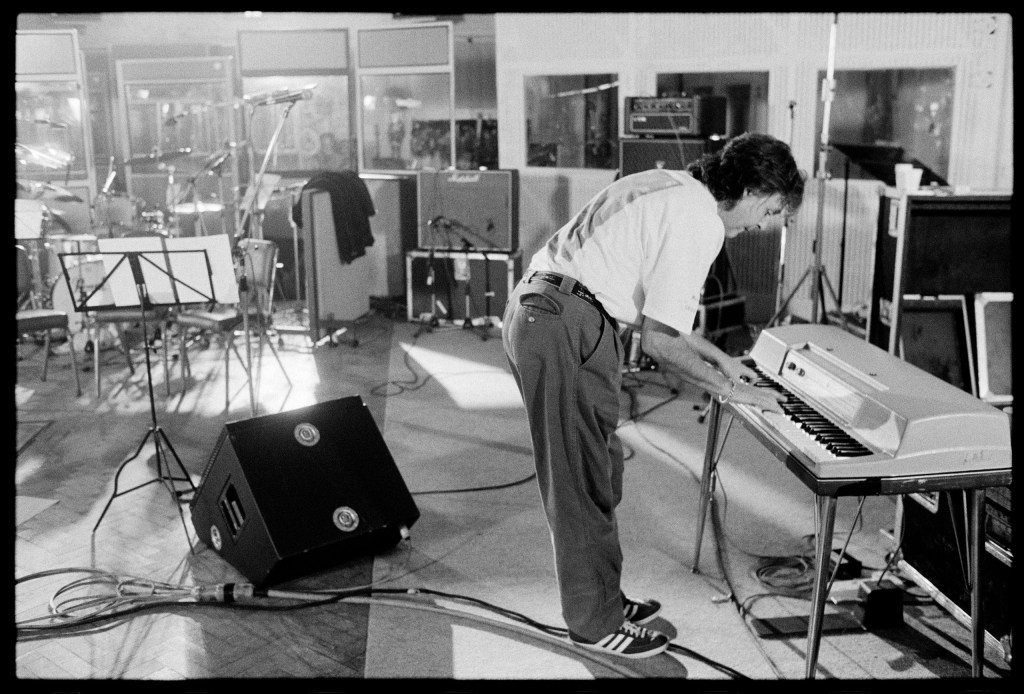
This triggered the NME to begin commissioning him and the music paper soon sent Watson to the US to document the rising stars of hip hop, including Run DMC and Public Enemy. Since that early 1980s work he has spent over 40 years shooting portraits of musicians, album covers, gigs and creative projects. This has included photographing many iconic music stars, including David Bowie, Paul McCartney, Oasis, The Smiths, New Order, Paul Weller, Snoop Dogg, Issac Hayes and Grace Jones.
Tragic loss
But, sadly, Watson’s latest project was borne out of tragedy – the death of his son Travis, who had been battling with mental health issues. What is now called Print Matters was only conceived as an idea in late November 2024, but was up and running by April 2025.
Watson reveals, ‘I was intending to do something. My son suffered from mental health… I wish we could change the words mental health to something like mindful health, because it is. Youngsters and all sorts of people who suffer from it – it is mindful of thoughts that they just can’t stop things pinging round their heads, and Travis suffered with that. I wanted to do something at the time and had these big grand plans, but my world turned upside down [when he died] and I just went into grief.’
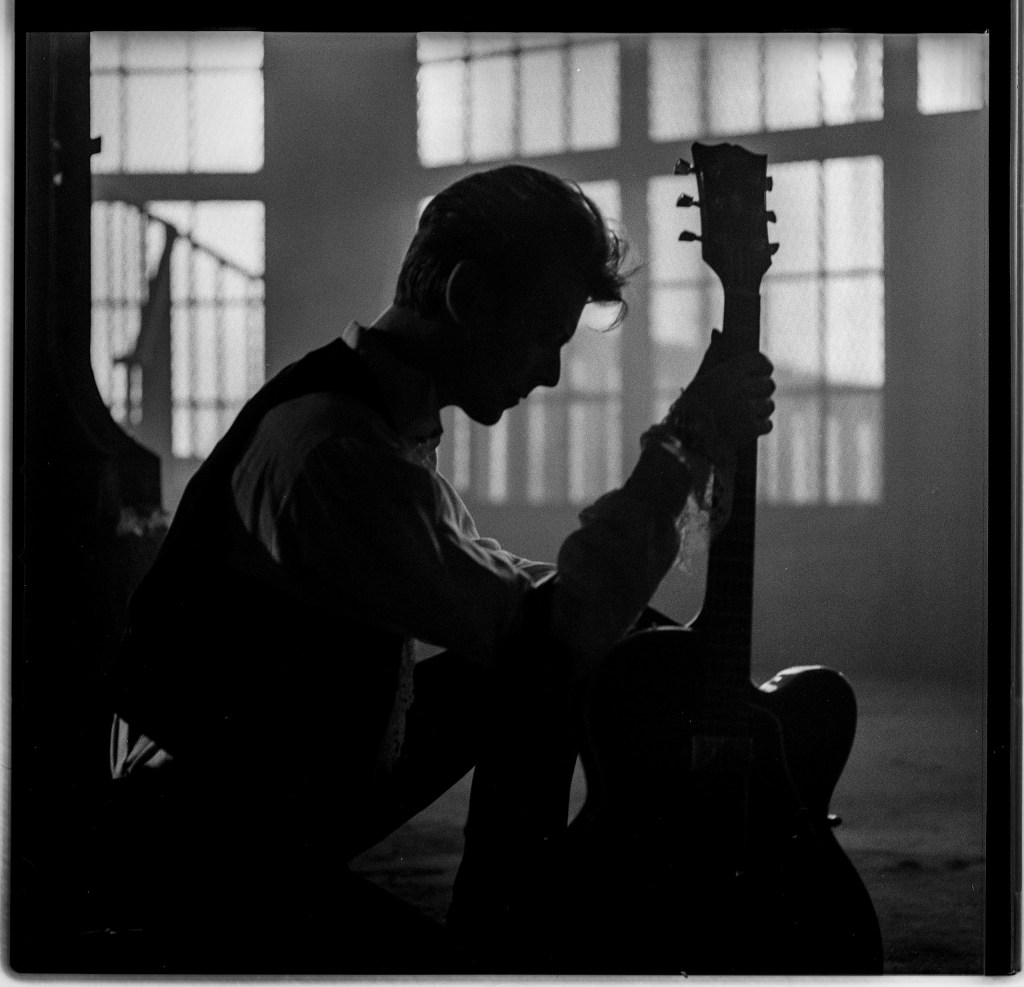
He continues, ‘Dave Hill has got a lovely gallery down on Ladbroke Grove. He’d heard that I wanted to do something. It was just finding a charity that gives something back and helps youngsters – the highest suicide rate is for 15- to 25-year-old men. The statistics are scary for the young men. It happens to women as well, but it seems to be stacked towards young men who don’t get through that period. So, it came about through trying to put something back through my work.’
The gallery owner David Hill had strong ties to both the camera and music industries, having previously sold rare collectable cameras and run the record label Nuphonic, before opening his London photo gallery in 2015. Hill already knew Lawrence Watson’s music photography and Watson would often visit private views at the David Hill Gallery.
Into the archive
Hill explains, ‘I know Lawrence’s tragic story with one of his sons. So, I said to Lawrence a little while ago, “Look, you’ve got this incredible archive… but if someone goes on your website and sees it, it says “not available for sale”, so you’re not monetising that and you’re not getting anything in. I’m guessing it’s going to be too much of a mountain for you to climb on your own?”’
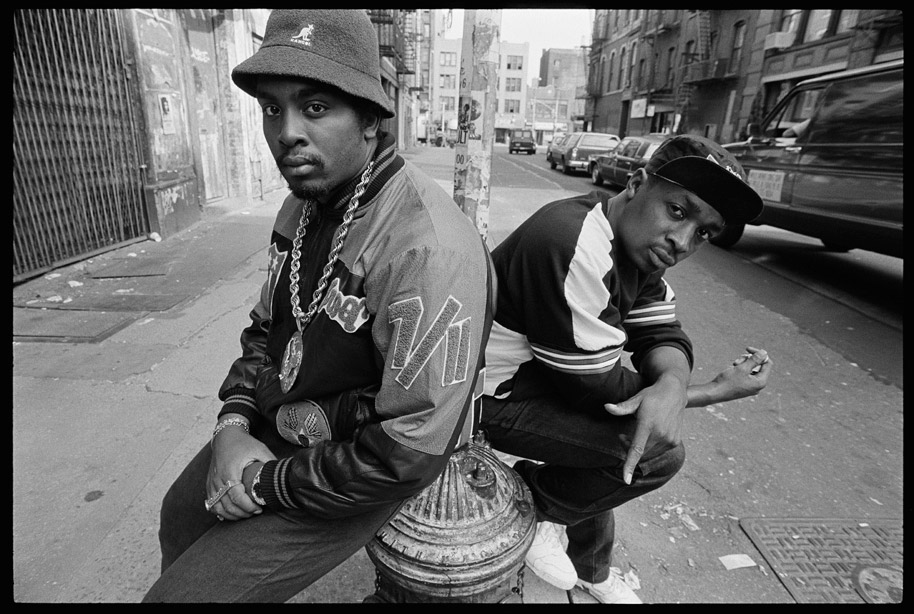
He adds, ‘To do something like that is a major project and so I said [to Lawrence], “I’ve got the infrastructure here… we order prints all the time, we work with printers, we pack prints up and ship them out – that’s what we do as a gallery. We can look after that, we can get them up on the site and we can do that heavy lifting for you – what do you think? The work is fantastic and it should be out there.”’
Hill spoke to his arts PR friend Lisa Baker and they proposed to Lawrence Watson that a percentage of print sales (20%) could go to a mental health charity. Watson recalls, ‘Dave [Hill] was trying to get a few other photographers as well, so it wasn’t just a music [photography] thing. I’d stressed that I wanted to do something for mental health and Dave did a lot of the research on finding a charity that we could work with. We found one [Rethink Mental Illness] that understood what we were doing and were really up for it.’
Charity percentage
The resulting website is www.printmatters.uk and it currently features selected work by Lawrence Watson (some previously unseen), images by the famous Andy Warhol acolyte Billy Name and the photographer Peter Angelo Simon’s iconic photographs of boxer Muhammad Ali in training for the legendary 1975 ‘Rumble in the Jungle’ fight with George Foreman. In addition, the archive of the music photographer David Corio – probably best known for his incredible archive of black musicians, including Bob Marley, Ray Charles and Miles Davis – is set to be added this autumn, with plans for more photographers’ work to be included in the future.
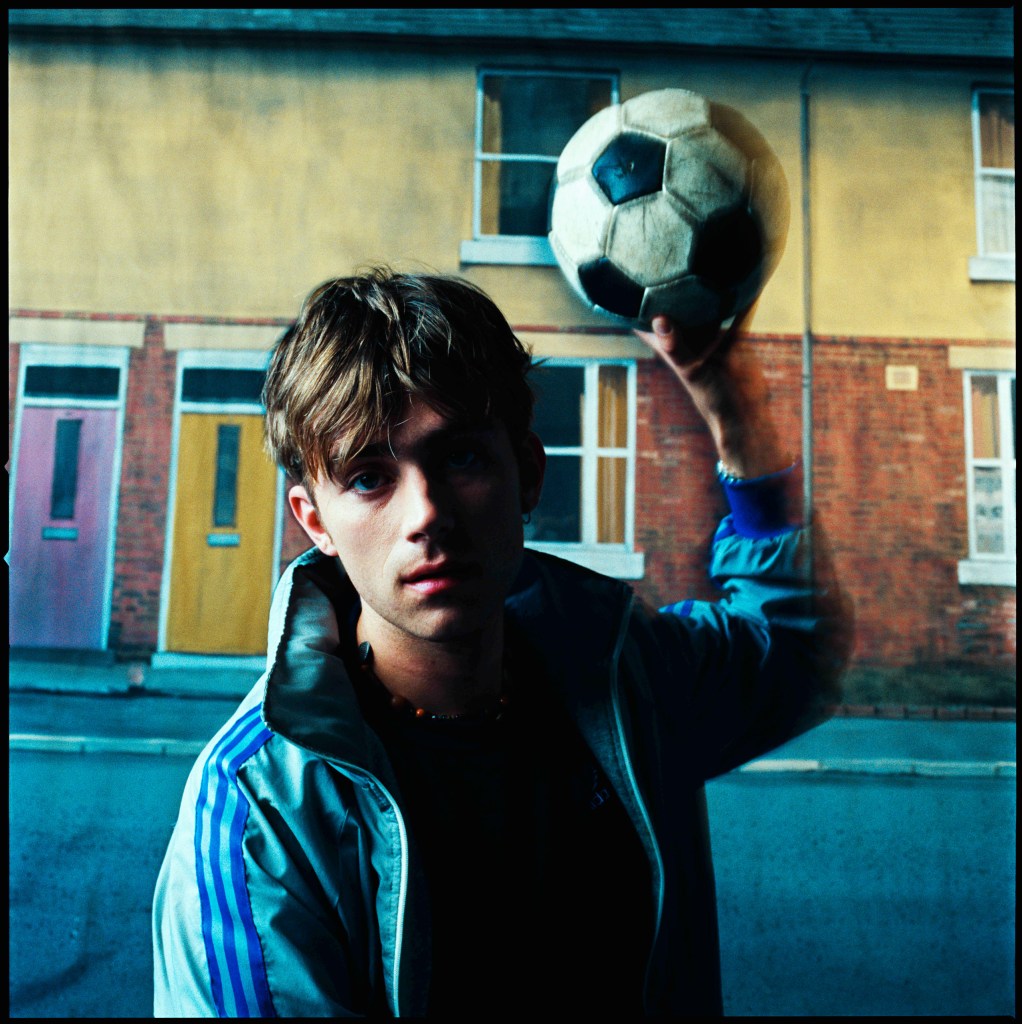
The Print Matters project produces limited edition, exhibition-grade photographic prints and fine art posters, which are often signed by the photographers. David Hill explains, ‘There’s a newish lab that I work with a great deal and they’re fantastic – they are [also] called Print Matters. One of the points of difference we wanted to make in presenting the work for the Print Matters project is to apply rigorous gallery standards to the work and the way it’s presented.’ Thus, the lab Print Matters has produced high quality C-type chromogenic prints for the colour images and silver gelatin prints on Ilford Multigrade for the monochrome work.
Celebrity stories
Hill adds, ‘Everything is signed properly. If you go onto the Print Matters site you’ll see proper, gallery cataloguing details. We try to put the background in. I’ll generally have a caption from the photographer relating to each shot. It makes an amazing difference; it increases the connection that it generates between the viewer and the work.’
In fact, the background to some of Lawrence Watson’s shoots are fascinating. He recalls, ‘There was a lady called Shane Chapman, who worked in the press office at LWT and later became the wife of Mick Talbot of The Style Council. She’d seen me pogoing in the darkroom to The Jam, The Clash and my old reggae stuff. She said to me, “Mick [Talbot] and Paul [Weller] are doing a recording at Pinewood, a couple of numbers. Do you want me to see if you can come along and take some pictures?”’
One camera one lens
He adds, ‘I went along with one little camera and one lens and then spent the whole weekend hand printing loads of lovely bromide prints. Then I took the box along to Solid Bond, Paul Weller’s old office in Marble Arch. He looked through them and suddenly picked up three prints and scribbled on the bottom “front cover, back cover, inside”. I walked out of Solid Bond with the cover of The Style Council album, Confessions of a Pop Group. I went home on a cloud. From that day on I’ve worked with Paul on and off – from Wildwood to Stanley Road and various other record sleeves. I count him as a very good friend, so I’ve been very fortunate.’

Of a one-off shoot with the David Bowie in Scotland, Watson reveals, ‘It was on a video shoot with the guitarist Adrian Belew – the one Bowie pinched from Frank Zappa – up in Edinburgh. The song was Pretty Pink Rose and Bowie was helping him out. It was the early days of MTV and if Bowie featured in the video it would get a lot more plays. It was just before lunch and I said, “Look. That set-up is really lovely David, can I rattle off a roll on the Hasselblad?” He said, “Of course, Lawrence, that’s no problem.”
Bowie was charming and I shot off a roll of film in a darkened corner. I got to spend my day with Bowie; he was a lovely man. He respected the image, so he wanted to get that partnership. As a photographer it becomes sort of an alliance – you’re both striving to get something strong and a great image, so we worked together.’
Which celebrity works
To choose which images would be offered as exhibition-grade prints and fine art posters didn’t prove too onerous a task for Watson. He recalls, ‘David Hill, with his experience of running a gallery, helped and we tried to revisit some of the contact sheets and find some new images – some of the Bowie shots, some of the Madness ones, some Pogues stuff that I hadn’t been seen before. It was good for me to revisit those. There’s plenty more to dig out. I think the edit will be ongoing, because it was only a few months ago that we started organising the whole thing… so we’ve done it quite quickly.’
He adds, ‘We’ve done a nice thing with affordable posters. The Liam Gallagher Union Jack shots are up there for a reasonable £85 and we’re getting a nice, big-sized poster on good, heavy weight paper. Then we have some nice 20×16 [inch] bromides and C-types for the black and white and colour images in limited editions of 25. I like good quality bromides and prints. The print quality has got to be good.’
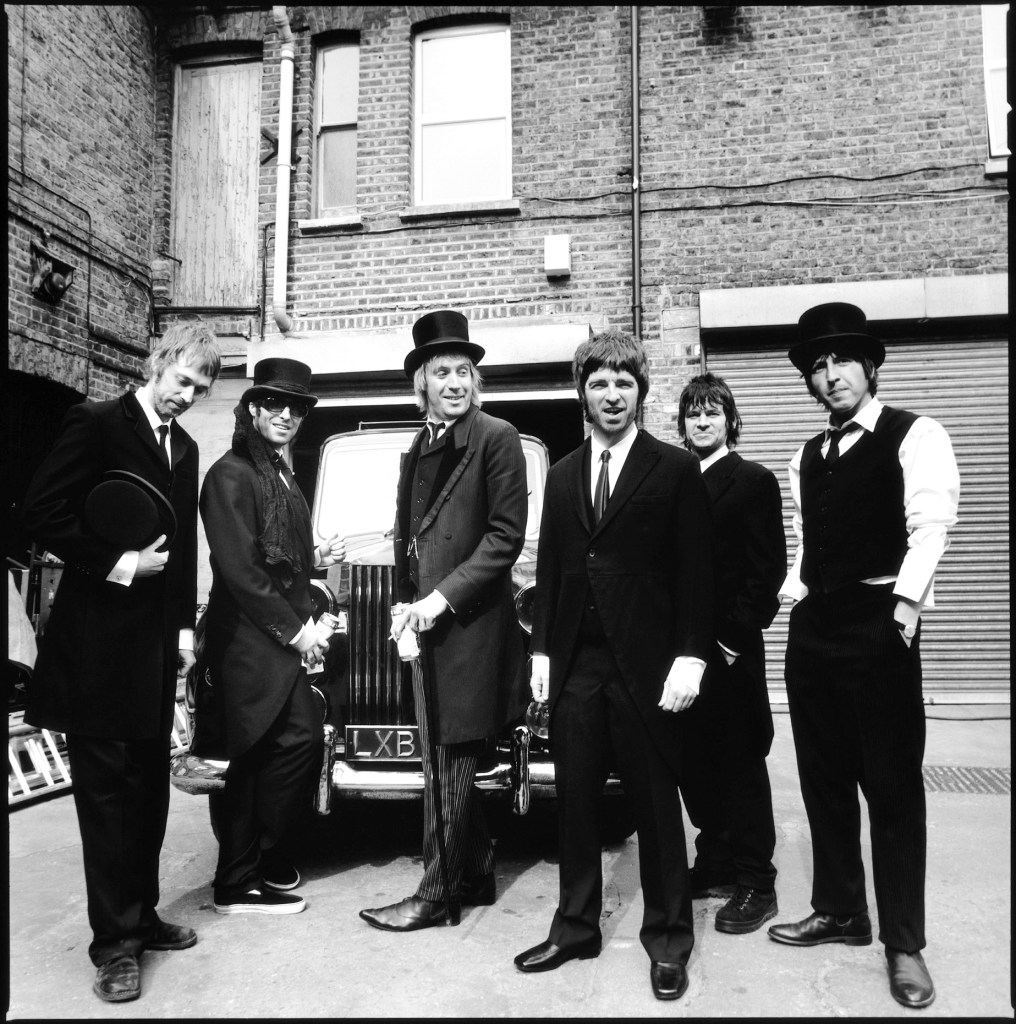
Fresh spark
One thing that seems clear from talking to Lawrence Watson is that, despite the tragedy of losing a son, the Print Matters project has been something that has helped to ignite a fresh spark in his career. He admits, ‘Shooting fell off for a little while after Travis [died], but in the last year or two I’m starting to get back to shooting. I’ve kept the film cameras – the two and a quarter Hasselblads and I’ve got the Hasselblad panoramic X-Pan. I’ve kept my old Nikons and I’ve got a modern Nikon digital; I put the old prime lenses on it, but it’s getting trickier as my focusing is slowing down; I’m not as quick as I was.’
Watson reveals that he has plans to use some of his Britpop archive for a possible exhibition in Japan and is looking to ‘keep feeding into’ the prints and posters that will be offered on the Print Matters website. He also notes, ‘It’s been good to let somebody else go into my archive, because it was just sitting there in the loft gathering dust.’ What’s clear is that, far from gathering dust, the iconic photography of Lawrence Watson is now actively helping to improve the lives of those affected by mental health.
Helping mindful health
To view and buy any of Lawrence Watson’s limited edition prints and posters visit www.printmatters.uk. To see more of Lawrence Watson’s work go to www.lawrencewatsonphotography.com







